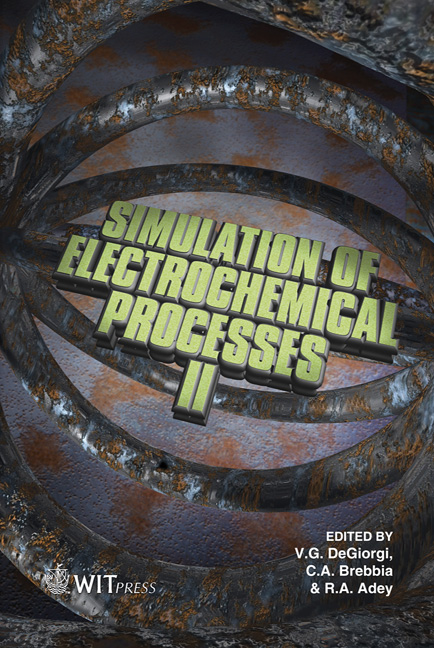A Reactive Transport Model For Evaluating The Long-term Performance Of Stainless Steels In Concrete
Price
Free (open access)
Transaction
Volume
54
Pages
10
Published
2007
Size
498 kb
Paper DOI
10.2495/ECOR070301
Copyright
WIT Press
Author(s)
M. Boulfiza
Abstract
One significant challenge facing the world today is the decay of infrastructure. A major component of infrastructure decay is the degradation of bridges and highways due to corrosion of the embedded reinforcing steel. This problem has prompted the development of a variety of alternative strategies for increasing the service life of reinforced concrete structures exposed to harsh environments. Over the last two decades, many advanced metallic and non-metallic materials have been developed for withstanding severe corrosion typically encountered in concrete bridge decks. However, adoption of these materials by industry has fallen far short of initial expectations, due in a large extent to a lack of tools to evaluate their long term in-service performance. At present, very little reliable information is available for evaluating the corrosion performance of advanced reinforcement materials available in the market for bridge decks over the entire service life of the structure. Based on first principles, a comprehensive reactive transport model is proposed in this study for predicting the occurrence of general and localized corrosion in concrete bridge decks. Preliminary results show excellent agreement with experimental data under various environmental conditions. Keywords: corrosion, stainless steel, concrete, bridge deck, reactive transport, modelling, service life. 1 Introduction The cost of protecting and restoring concrete structures worldwide is a large and growing problem (>$100 billion/yr). A major component of infrastructure decay is the degradation of bridges and highways due to corrosion of the embedded
Keywords
corrosion, stainless steel, concrete, bridge deck, reactive transport, modelling, service life.





